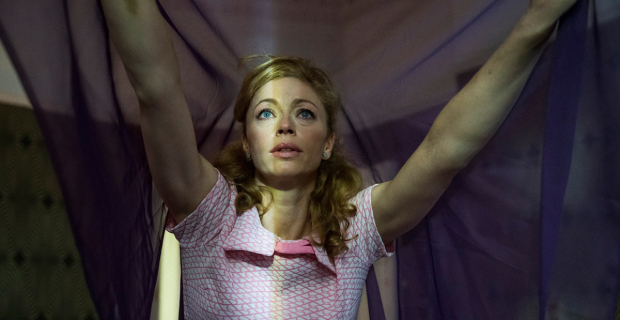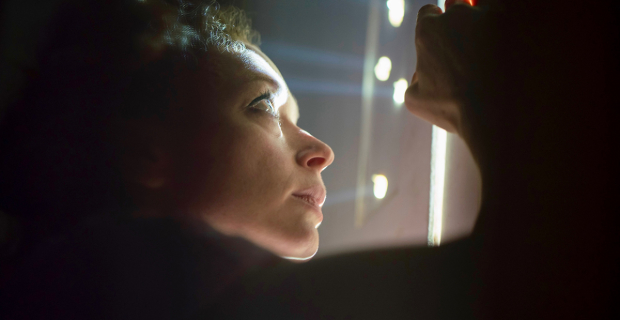Review: These Rooms (Shoreditch Town Hall)
ANU and CoisCéim Dance present their immersive show about the Easter RIsing

© Pat Redmond
A black and white television plays in an empty living room. On it, a broadcast marks the 50th anniversary of the Easter Rising – the armed insurrection that set Ireland on course to independence. President Éamon de Valera delivers a speech: "The past inspires," his voice crackles through the years. "We have to look to the future."
Another half-century later, These Rooms holds to his words. By clothing the uprising in the clobber of 1966, Irish site-specific specialists ANU and CoisCéim Dance pull the Easter Rising towards us. Instead of flatcaps and trousers, fighters wear T-shirts and jeans. They leave beehived women behind in linoleum homes. In one fell swoop, they cut history in half and, while a century can feel like an uncrossable chasm, 50 years doesn't really seem all that far.
These Rooms makes the Easter Rising recognisable. We recognise these lives, these people, these rooms, so we see the disruption and devastation anew. As women dance, drunkenly, around a pub's flashy jukebox, jiving and swinging out of control, we can spot the grief underpinning the jollity. Young men in trainers sprint through town squares lined with snipers, and we feel the shock of street warfare as Dublin itself must have done. In kitchens filled with peacetime plenty – marshmallow sandwiches and familiar home brands – hungry people fret about food shortages. A butcher's fridge sits empty, bread's green with mould. A soldier grabs a bottled soda and downs it in one. The Easter Rising's associated with scarcity today, but no-one expected it when it came. The same goes for death.

© Pat Redmond
That's what this is about: domesticity and death. The Easter Rising centred on Dublin's North King Street, and directors David Bolger and Louise Lowe drop us into a high street of homes: kitchens dotted with bullet holes, wallpaper peeling off rubble. It's disorientating at first: history feels hazy, time's out of joint, but at the same time, its reality hits hard.
As immersive theatre, These Rooms is superbly done. Dance admits its theatricality and seems dreamy and strange. Bodies spiral down stairways as if shot in slow-motion and a rebel waltzes his way down to a pool of his blood. Yet specificity makes it all seem horribly real. Hiding out with a couple in a boarded-up home, we brace for the enemy to burst through the door. Warned about snipers, we cling to the walls. There's not a chink in the show's world. Owen Boss' design is impeccably detailed, Ciaran Bagnall's lighting is utterly transporting.
The whole thing pulses with urgency – dangerous and fraught – and it's impossible not to get swept up in that. On edge, uptight, audiences end up acting on instinct, and Bolger and Lowe implicate us with real skill. When a soldier hands you a gun, do you take it or not? Do you take the weight of a woman collapsing with shock? Even eye contact comes laced with responsibility, and as you hold someone's gaze, sympathising with their plight, you find yourself face to face with the past. It's living history in the truest sense of the word: a fitting memorial, and an unforgettable one.



















